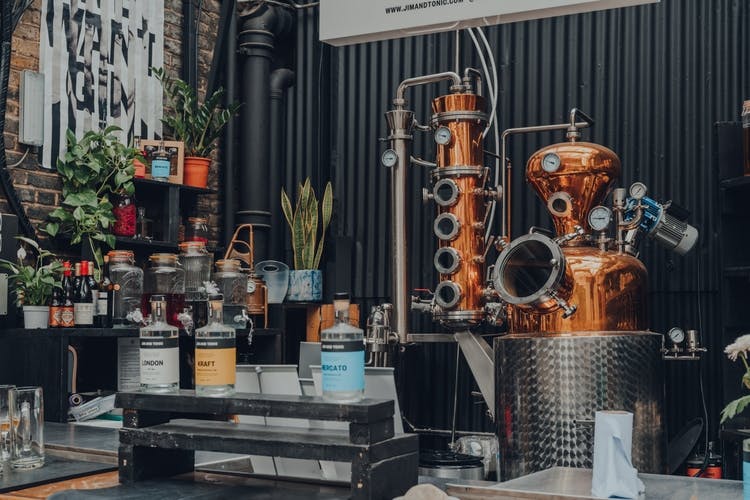
Descended from Dutch and Belgian junipers invented in the 17th century, gin quickly became a popular drink in England, so much so that its regulation sparked public unrest in the 18th century.
Its development later followed the rise of specialized bars and cocktails worldwide.
Made by flavoring a neutral spirit with juniper berries along with other botanicals—mainly citrus, berries, spices, herbs, and plants—gin is considered a versatile spirit, easy to mix.
While gin has remained very popular in the Anglosphere, in recent years the British no longer hold a monopoly on high-quality gin production: French, American, and German producers have begun crafting gins with complex and unique profiles.
With the cocktail revival, gin is experiencing a true boom, alongside vodka, in major cities around the globe.
Citadelle Gin
In the 1770s, at the heart of the Citadelle de Dunkerque, France’s first juniper distillery was established thanks to a royal privilege.
At the time, this gin—intended for smuggling into England—was transported in small barrels.
After disappearing for nearly a century, this artisanal gin was revived in the small stills of the Pierre Ferrand distillery in Cognac.
Citadelle Gin was officially created in June 1996 at the Château de Bonbonnet in Ars, under the direction of Alexandre Gabriel of Maison Ferrand.
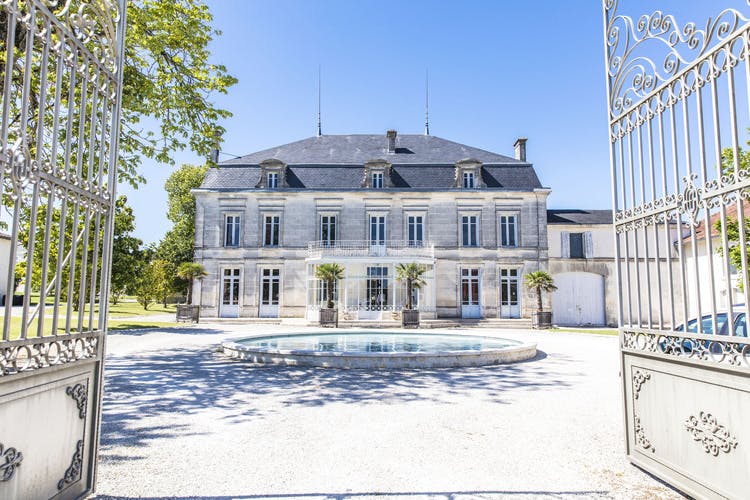
To create this gin, Alexandre Gabriel delved into the history of traditional gin styles and discovered an 18th-century recipe from a Dunkerque distillery dated 1771.
Today, Citadelle Gin is distilled in Charentais stills at the new Citadelle distillery, inaugurated in 2021. This gin is made from juniper berries, partly grown on the estate, and 18 other botanicals in its original version.
Discover a flagship product from the Citadelle distillery
CITADELLE Gin

35 €
CITADELLE Gin
Citadelle is the first gin to be distilled in Charentais copper stills. Its progressive infusion method is equally unique: each of the 19 botanicals is added at specific times during a 4-day maceration, with a gradual reduction in alcohol strength. This meticulous process preserves the organoleptic qualities and captures the pure essence of each berry, spice, and citrus.
On the palate, Citadelle Original reveals a full aromatic spectrum. Juniper delivers the initial signature impression, distinctively marking Citadelle, before giving way to soft, voluptuous citrus notes. The finish is exotic, with a beautiful length enlivened by spicy hints of pepper, nutmeg, and cinnamon.
Plymouth Gin
Plymouth Gin is produced in the historic Black Friars distillery, located in Plymouth, England. Dating back to the 1400s, this distillery was originally a Dominican priory.
It is also where some of the Pilgrim Fathers spent their last night in England before sailing to the New World in 1620. Over the centuries, the building served various purposes, including as a prison and a refuge for French Huguenots.
The distillery occupies one of Plymouth’s oldest buildings, dating from 1431, now a protected historic monument.
Documents indicate that distillation was practiced there as early as 1697. The name “Plymouth Gin” was first used in 1793, when the priory was converted into a distillery under the name Coates & Co.
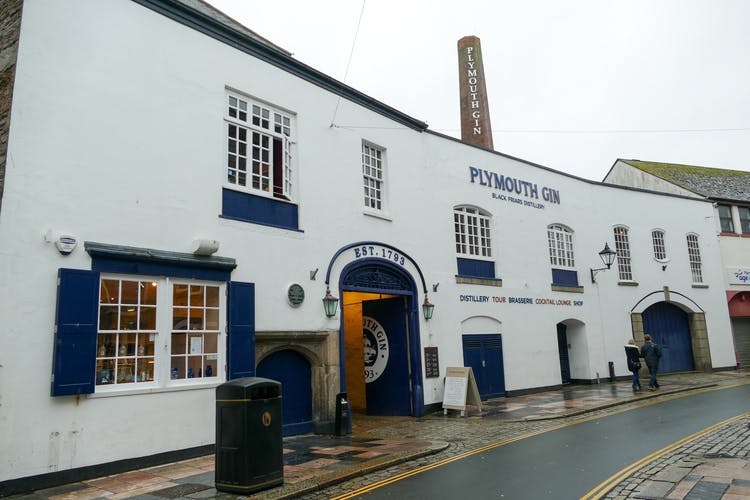
Plymouth Gin stands out with a smoother taste, featuring fewer citrus notes and more earthy undertones than classic London gins. This distinctive flavor appealed to a particular clientele, including the Royal Navy, which purchased large quantities for its officers—helping to boost its popularity.
In 1884, a court banned London distilleries from using the name “Plymouth Gin.” From 1987 to 2015, Plymouth Gin even benefited from a Protected Geographical Indication (PGI).
Today, although the distillery has changed owners several times, Plymouth Gin is still produced at the same location and remains an important symbol of the city.
Discover a flagship product from the Plymouth distillery
PLYMOUTH Navy Strength

45.9 €
The high-proof version of the famous Plymouth Gin, Navy Strength still retains all the smoothness and balance that made the brand beloved by gin enthusiasts and bartenders alike. This expression was specially created for the British Navy: even if poured on gunpowder, it would still ignite. For over two centuries, no ship in the British fleet could leave port without carrying a bottle of it !
Beefeater London Dry Gin
Beefeater is one of the few gin distilleries still operating in London, located in Kennington.
Born in 1835 in Ottery St. Mary, Devon, James Burrough originally worked as a pharmacist before specializing in distillation.
In 1863, James bought a company specializing in the distillation of gin and liqueurs in London and renamed it “James Burrough, Distiller and Importer of Foreign Liqueurs.”
Using his chemistry skills, James developed his own gin and quickly expanded his business, moving to Marlborough Square to set up a larger distillery. In 1906, the Burrough family purchased a new site in Lambeth and modernized their facilities.
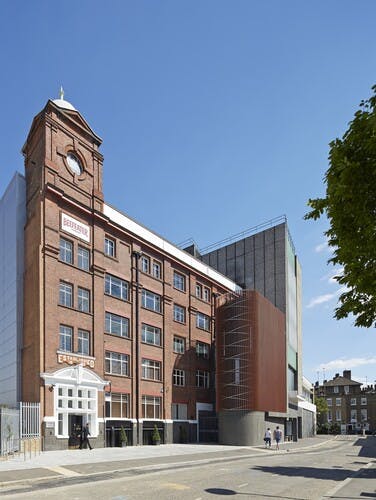
In 1911, Beefeater began exporting to the United States. Then, in 1958, the distillery moved to its current location near the Oval Cricket Ground in Kennington, London.
Since the 1960s, the facility has doubled its capacity and uses five large stills to distill gin. The Burrough family sold the business in 1987, and Beefeater is now part of the Pernod Ricard group, which has invested to secure its future.
Discover a flagship product from the Beefeater distillery
BEEFEATER Gin

21.5 €
BEEFEATER
Composed of a base of nine botanicals—juniper, angelica root, angelica seeds, coriander, licorice, almonds, orris root, Seville oranges, and lemon zest—infused for at least 24 hours, Beefeater was for a long time the only London Dry Gin produced within the city of London. Its classic profile stands out with aromas of citrus, pine, and juniper. On the palate, you can detect notes of orange, accompanied by hints of violet and coriander.
Tanqueray
Tanqueray is one of the oldest and most respected gin brands, often considered a benchmark in the industry. The gin is produced at Diageo’s Cameronbridge distillery near Edinburgh.
The Tanqueray family, formerly goldsmiths, left France for England in the early 18th century. In 1830, Charles Tanqueray, then twenty years old, founded a distillery in London, breaking from family tradition. He experimented with various ingredients to create a balanced and flavorful gin recipe.
After his death in 1868, his son Charles Waugh Tanqueray took over the business at age twenty and continued to expand it, notably by exporting gin abroad.
In 1897, Tanqueray merged with Gordon & Company, moving production to Clerkenwell. From there, the brand focused on the American market.
During the 1941 Blitz, the Tanqueray distillery in London was nearly destroyed by an air raid, except for one still, nicknamed “Old Tom.”
This still not only survived the bombings but is still used today to distill Tanqueray.
Following these events, production gradually resumed after the distillery was relocated to Scotland.

A few years later, in 1948, the design of the Tanqueray gin bottle was revamped, inspired by 1920s cocktail shakers, becoming the iconic bottle known today, distinguished by its green color and sealed wax stamp.
Today, Tanqueray continues to innovate its recipes, notably revisiting original formulas created by its founder. This includes Tanqueray Flor de Sevilla, inspired by Charles Tanqueray’s original recipe featuring Seville oranges.
Discover a flagship product from the Tanqueray distillery
TANQUERAY Flor de Sevilla
Tanqueray Flor de Sevilla is a distinctive gin, infused with essences of Seville oranges and aromatic botanicals. Drawing inspiration from Charles Tanqueray’s classic recipes and the juicy oranges harvested under the Sevillian sun, Flor de Sevilla skillfully marries the characteristic bitterness of Seville oranges with the refined complexity of Tanqueray London Dry Gin.
Bombay Sapphire Gin
Bombay Sapphire, a modern gin launched in 1987, was originally produced at the Greenall’s distillery, which dates back to the 1760s in Warrington, England.
Inspired by an old distillery recipe, Bombay is best known for its production method and steam infusion process, where botanicals are suspended in baskets, allowing the alcohol vapors to pass through them. This technique captures more subtle aromas.
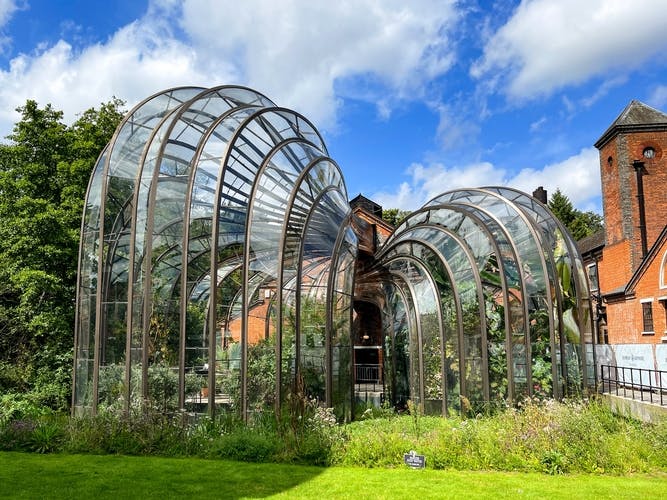
The name Sapphire itself originates from the famous Star of Bombay, a blue-violet sapphire discovered in Sri Lanka and gifted to Mary Pickford, the legendary silent film star and cocktail enthusiast, by her husband Douglas Fairbanks.
The hue of this precious stone inspired the creation of the translucent blue bottle, a design both simple and revolutionary that instantly positioned the Bombay Sapphire brand in the luxury market.
The launch of Bombay Sapphire in 1987 marked a decisive turning point for the future of gin, revitalizing the category and paving the way for the gin’s current popularity.
Since 2013, Bombay Sapphire has been produced at the new Laverstoke Mill distillery, a former paper mill transformed to house the production of this iconic gin.
Discover a flagship product from Bombay Sapphire
BOMBAY Sapphire

24 €
BOMBAY Sapphire
Launched in 1987 and based on a recipe dating back to 1761, Bombay Sapphire is crafted through steam infusion of about ten botanicals—including juniper, coriander, almonds, lemon, angelica, and licorice—which are suspended in copper baskets. This unique method produces a refined and elegant gin, lighter than many other gins.
FOR FURTHER DISCOVERY OF GIN
La Maison du Whisky has three boutiques in Paris:
In each of these boutiques, you’ll discover a wide range of whiskies, rums, gins, and other spirits.
Our advisors will be delighted to introduce you to essential gin brands.
